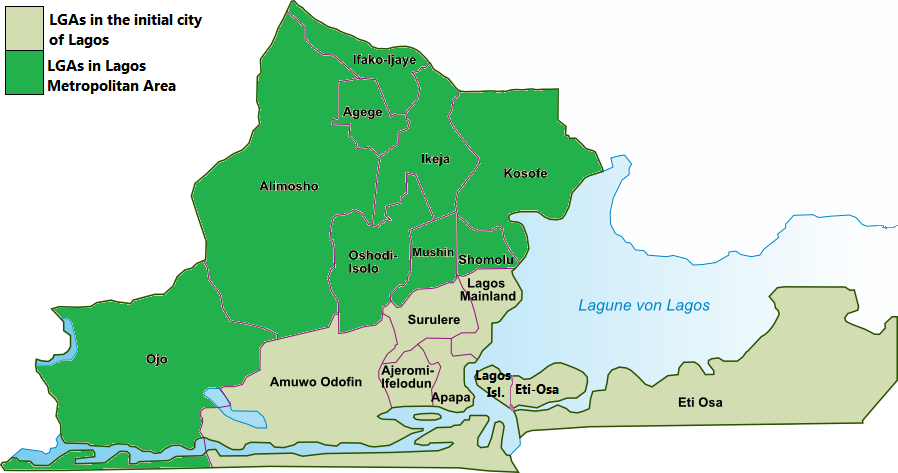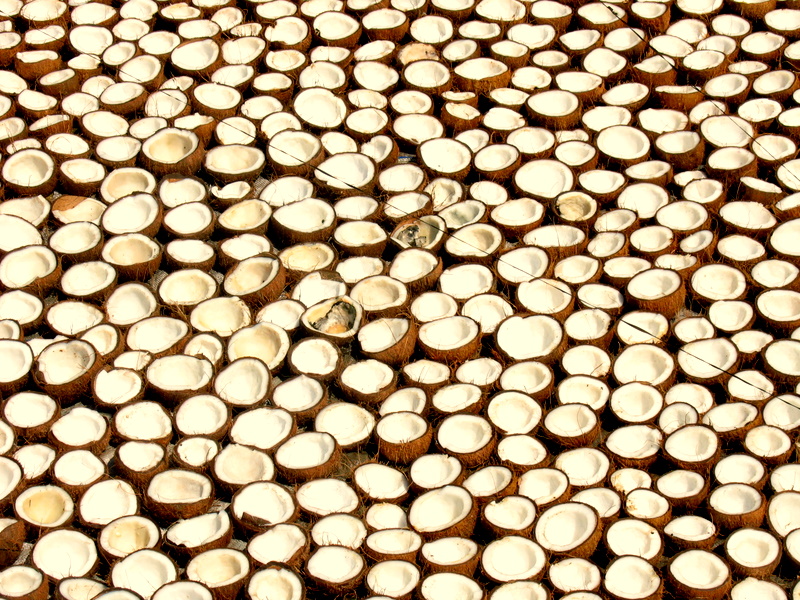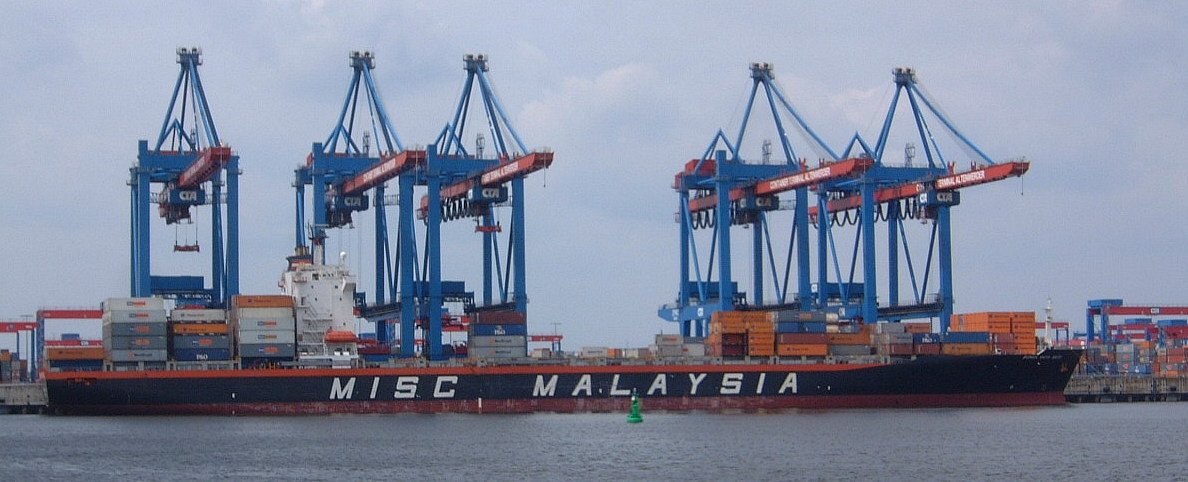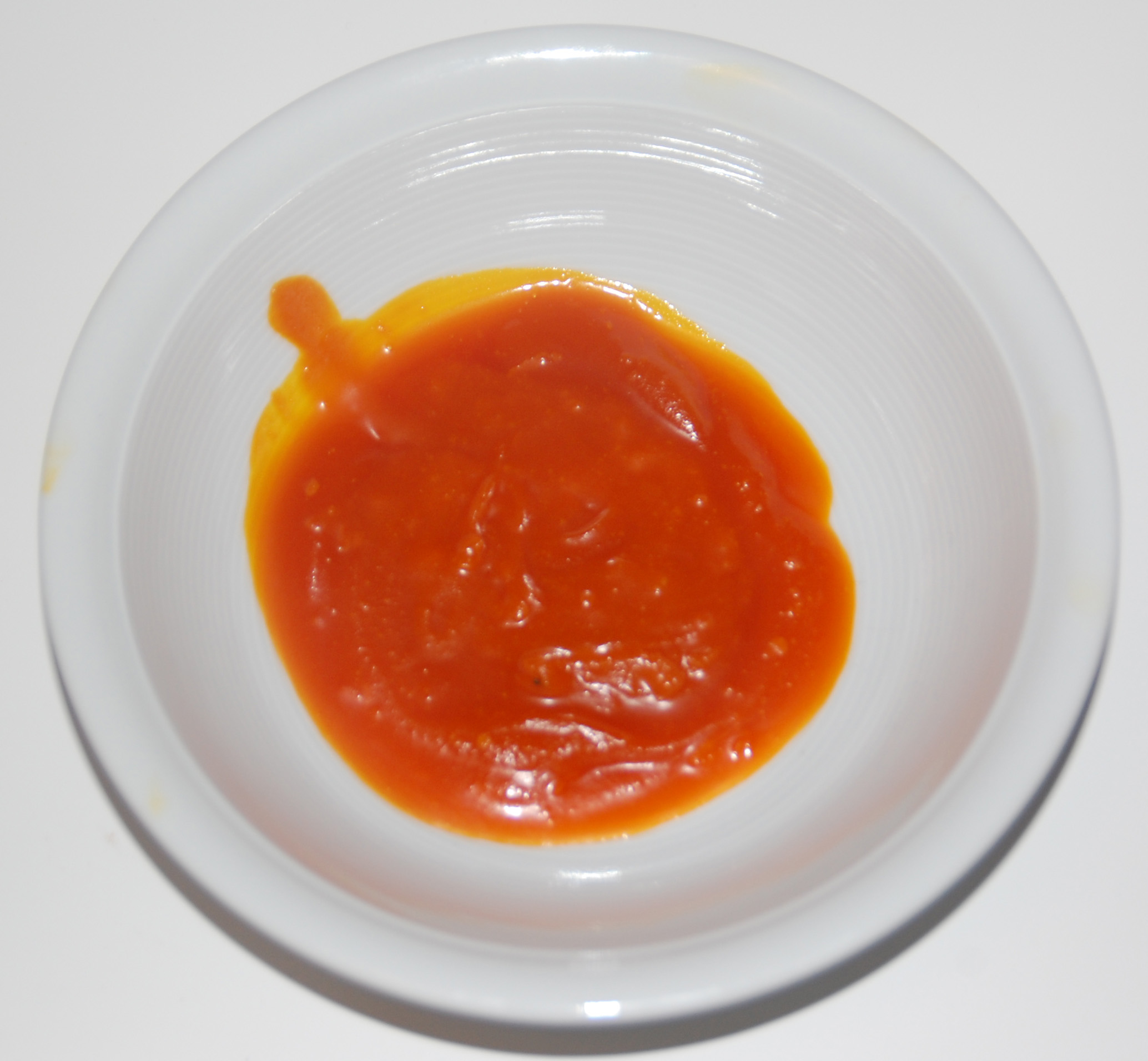|
Lagos Colony
Lagos Colony was a British Empire, British colonial possession centred on the port of Lagos in what is now southern Nigeria. Lagos was Lagos Treaty of Cession, annexed on 6 August 1861 under the threat of force by Commander Beddingfield of HMS Prometheus (1839), HMS ''Prometheus'' who was accompanied by the Acting British Consul, William McCoskry. Oba of Lagos, Oba Dosunmu of Lagos (spelled "Docemo" in British documents) resisted the cession for 11 days while facing the threat of violence on Lagos and its people, but capitulated and signed the Lagos Treaty of Cession. Lagos was declared a colony on 5 March 1862. By 1872, Lagos was a cosmopolitan trading centre with a population over 60,000. In the aftermath of prolonged wars between the mainland Yoruba people, Yoruba states, the colony established a protectorate over most of Yorubaland between 1890 and 1897. The protectorate was incorporated into the new Southern Nigeria Protectorate in February 1906, and Lagos became the capital ... [...More Info...] [...Related Items...] OR: [Wikipedia] [Google] [Baidu] [Amazon] |
English Language
English is a West Germanic language that developed in early medieval England and has since become a English as a lingua franca, global lingua franca. The namesake of the language is the Angles (tribe), Angles, one of the Germanic peoples that Anglo-Saxon settlement of Britain, migrated to Britain after its End of Roman rule in Britain, Roman occupiers left. English is the list of languages by total number of speakers, most spoken language in the world, primarily due to the global influences of the former British Empire (succeeded by the Commonwealth of Nations) and the United States. English is the list of languages by number of native speakers, third-most spoken native language, after Mandarin Chinese and Spanish language, Spanish; it is also the most widely learned second language in the world, with more second-language speakers than native speakers. English is either the official language or one of the official languages in list of countries and territories where English ... [...More Info...] [...Related Items...] OR: [Wikipedia] [Google] [Baidu] [Amazon] |
Lagos Lagoon
Lagos Lagoon (Yoruba language, Yoruba: Ọ̀sà) is a lagoon found in the city of Lagos, southwest Nigeria, the most populous city in Africa. The name ''Lagos'' means 'lakes' in Portuguese language, Portuguese, therefore ''Lagos Lagoon'' is an example of a tautological place name. The lagoon lies between the Atlantic Ocean and Lagos State. It is one of the ten lagoons in Lagos State and the largest in the Gulf of Guinea which spans over . The lagoon is a habitat for different Aquatic animal, aquatic organisms, such as various species of fish that are sources of income and food for communities surrounding it. Physical characteristics The lagoon is more than 50 km long and 3–13 km wide, separated from the Atlantic Ocean by a long sand spit 2–5 km long. Its surface area is approximately 6,354.7 km². The lagoon is fairly shallow and is not plied by ocean-going ships, but by smaller barges and boats. It receives the discharge of the Ogun River and the Osun Riv ... [...More Info...] [...Related Items...] OR: [Wikipedia] [Google] [Baidu] [Amazon] |
Awori Tribe
The Awori is a subgroup of the Yoruba people speaking a dialect of the Yoruba language. Geographic extent Traditionally, the Awori are found in Ogun State and Lagos State Lagos State (, ) is a States of Nigeria, state in South West, Nigeria. Of the 36 States of Nigeria, Nigerian states, Lagos is the second List of Nigerian states by population, most populous state but the List of Nigerian states by area, smallest ..., Nigeria. History In a 1935 Intelligence Report on the Badagry district anthropologist W.G. Wormalin said the Awori spoke a "slurred dialect" of Yoruba and mostly farmed and fished. References {{Authority control Yoruba subgroups History of Lagos ... [...More Info...] [...Related Items...] OR: [Wikipedia] [Google] [Baidu] [Amazon] |
Cabeza De Rey (ciudad Yoruba)
In Mexican cuisine, ''cabeza'' (''lit.'' 'head'), from barbacoa de cabeza, is the meat from a roasted beef head, served as taco or burrito fillings. It typically refers to barbacoa de cabeza or beef-head barbacoa, an entire beef-head traditionally roasted in an earth oven, but now done in steamer or grill. When sold in restaurants, customers may ask for particular parts of the body meats they favor, such as ''ojo'' (eye), ''oreja'' (ear), ''cachete'' (cheek), '' lengua'' (tongue), ''sesos'' (brains), or ''labios'' (lips). History Barbacoa in Mexico, refers to the local indigenous variation of the primitive method of cooking in a pit or earth oven. It generally refers to slow-cooking meats or whole sheep, whole cows, whole beef heads, or whole goats in a hole dug in the ground covered with agave (''maguey'') leaves, although the interpretation is loose, and in the present day (and in some cases) may refer to meat steamed until tender. This meat is known for its high fat cont ... [...More Info...] [...Related Items...] OR: [Wikipedia] [Google] [Baidu] [Amazon] |
Sesame
Sesame (; ''Sesamum indicum'') is a plant in the genus '' Sesamum'', also called benne. Numerous wild relatives occur in Africa and a smaller number in India. It is widely naturalized in tropical regions around the world and is cultivated for its edible seeds, which grow in pods. World production in 2018 was , with Sudan, Myanmar, and India as the largest producers. Sesame seed is one of the oldest oilseed crops known, domesticated well over 3,000 years ago. ''Sesamum'' has many other species, most being wild and native to sub-Saharan Africa. ''S. indicum,'' the cultivated type, originated in India. It tolerates drought conditions well, growing where other crops fail. Sesame has one of the highest oil contents of any seed. With a rich, nutty flavor, it is a common ingredient in cuisines around the world. Like other foods, it can trigger allergic reactions in some people and is one of the nine most common allergens outlined by the Food and Drug Administration. Etymology Th ... [...More Info...] [...Related Items...] OR: [Wikipedia] [Google] [Baidu] [Amazon] |
Camwood
''Baphia nitida'', also known as camwood, barwood, and African sandalwood (although not a true sandalwood), is a shrubby, leguminous, hard-wooded tree from central west Africa. It is a small understorey, evergreen tree, often planted in villages, and known as ''osun'' in Yoruba. The wood is of a very fine colour, and is used in woodturning for making knife handles and similar articles. The tree's bark and heartwood are commonly used to make a brilliant but non-permanent red dye, which is soluble in alkali In chemistry, an alkali (; from the Arabic word , ) is a basic salt of an alkali metal or an alkaline earth metal. An alkali can also be defined as a base that dissolves in water. A solution of a soluble base has a pH greater than 7.0. The a .... Pterocarpin is a pterocarpan found in ''B. nitida''. Osun (camwood) extract is also used in some soaps and skin treatments, primarily among the Yoruba people of West Africa. The extract of the Camwood can be formed into ... [...More Info...] [...Related Items...] OR: [Wikipedia] [Google] [Baidu] [Amazon] |
Gum Copal
Gum copal is a resin produced by the sap of forest tree in the genus Daniellia. Due to common impurities and differences in regions, gum copal ranges in color from black to yellow to white. Gum copal, along with ivory and slaves, was a significant export from East Africa in the 19th century. It can have an appearance similar to amber and may be mistaken for it. Unlike amber, gum copal is usually only 100–1,000 years old and it has not yet fossilized.Aber, Susan Ward,Copal: An Immature and Controversial Resin. Emporia State University, 16 January 2004. Source locations Gum copal is most commonly found in East Africa and Indonesia, and is also found in tropical regions such as South America, Malaysia and the Philippines.Forestry Department.". FAO, n.d. Web. 6 Dec. 2015. Comparison to amber Throughout history, amber and gum copal have been mistaken for each other, as it is extremely difficult to discern between the two. A drop test using an alcohol or other solvent will leave a ... [...More Info...] [...Related Items...] OR: [Wikipedia] [Google] [Baidu] [Amazon] |
Guinea Grain
Grains of paradise (''Aframomum melegueta'') is a species in the ginger family, Zingiberaceae, and closely related to cardamom. Its seeds are used as a spice (ground or whole); it imparts a pungent, black-pepper-like flavor with hints of citrus. It is also known as melegueta pepper, Guinea grains, ''ossame'', or ''fom wisa'', and is sometimes confused with alligator pepper. The terms '' African pepper'' and '' Guinea pepper'' have also been used, but are ambiguous as they can apply to other spices such as grains of Selim (''Xylopia aethiopica''). It is native to West Africa, which is sometimes named the Pepper Coast (or Grain Coast) because of this commodity. It is also an important cash crop in the Basketo district of southern Ethiopia. Characteristics ''Aframomum melegueta'' is an herbaceous perennial plant native to swampy habitats along the West African coast. Its trumpet-shaped, purple flowers develop into pods long, containing numerous small, reddish-brown see ... [...More Info...] [...Related Items...] OR: [Wikipedia] [Google] [Baidu] [Amazon] |
Coconut Palm
The coconut tree (''Cocos nucifera'') is a member of the palm tree family (biology), family (Arecaceae) and the only living species of the genus ''Cocos''. The term "coconut" (or the archaic "cocoanut") can refer to the whole coconut palm, the seed, or the fruit, which botanically is a drupe, not a Nut (fruit), nut. Originally native to Central Indo-Pacific, they are now ubiquitous in coastal tropical regions and are a cultural icon of the tropics. The coconut tree provides food, fuel, cosmetics, folk medicine and building materials, among many other uses. The inner flesh of the mature seed, as well as the coconut milk extracted from it, forms a regular part of the diets of many people in the tropics and subtropics. Coconuts are distinct from other fruits because their endosperm contains a large quantity of an almost clear liquid, called "coconut water" or "coconut juice". Mature, ripe coconuts can be used as edible seeds, or processed for Coconut oil, oil and Coconut milk, ... [...More Info...] [...Related Items...] OR: [Wikipedia] [Google] [Baidu] [Amazon] |
Copra
Copra (from ; ; ; ) is the dried, white flesh of the coconut from which coconut oil is extracted. Traditionally, the coconuts are sun-dried, especially for export, before the oil, also known as copra oil, is pressed out. The oil extracted from copra is rich in lauric acid, making it an important commodity in the preparation of lauryl alcohol, soaps, fatty acids, cosmetics, etc. and thus a lucrative product for many coconut-producing countries. The palatable oil cake, known as copra cake, obtained as a residue in the production of copra oil is used in animal feeds. The ground cake is known as coconut or copra meal. Production Copra has traditionally been grated and ground, then boiled in water to extract coconut oil. It was used by Pacific island cultures and became a valuable commercial product for merchants in the South Seas and South Asia in the 1860s. Nowadays, coconut oil (70%) is extracted by crushing copra; the by-product is known as copra cake or copra meal (30 ... [...More Info...] [...Related Items...] OR: [Wikipedia] [Google] [Baidu] [Amazon] |
Export
An export in international trade is a good produced in one country that is sold into another country or a service provided in one country for a national or resident of another country. The seller of such goods or the service provider is an ''exporter''; the foreign buyer is an '' importer''. Services that figure in international trade include financial, accounting and other professional services, tourism, education as well as intellectual property rights. Exportation of goods often requires the involvement of customs authorities. Firms For any firm, Global expansion strategies may include: * Franchising, * Turn Key Project, * Export, * Joint Venture, * Licensing, * Creating an owned subsidiary, * Acquisition, * Merger, etc. Exporting is mostly a strategy used by product based companies. Many manufacturing firms begin their global expansion as exporters and only later switch to another mode for serving a foreign market. Barriers There are four main types of expo ... [...More Info...] [...Related Items...] OR: [Wikipedia] [Google] [Baidu] [Amazon] |
Palm Oil
Palm oil is an edible vegetable oil derived from the mesocarp (reddish pulp) of the fruit of oil palms. The oil is used in food manufacturing, in beauty products, and as biofuel. Palm oil accounted for about 36% of global oils produced from oil crops in 2014. Palm oils are easier to stabilize and maintain quality of flavor and consistency in ultra-processed foods, so they are frequently favored by food manufacturers. Globally, humans consumed an average of of palm oil per person in 2015. Demand has also increased for other uses, such as cosmetics and biofuels, encouraging the growth of palm oil plantations in tropical countries. The mass production of palm oil in the tropics has attracted the concern of environmental and human rights groups. The palm oil industry is a significant contributor to deforestation in the tropics where palms are grown and has been cited as a factor in social problems due to allegations of human rights violations among growers. In 2018, a repor ... [...More Info...] [...Related Items...] OR: [Wikipedia] [Google] [Baidu] [Amazon] |








